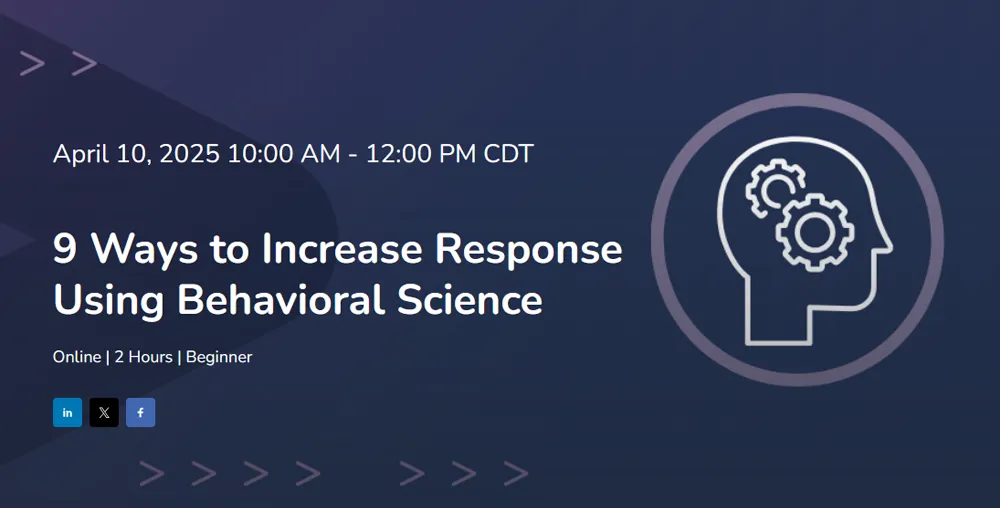 If you’re in marketing, you probably use data all the time to adjust your campaigns. Sentiment monitoring, remarketing, user profiles, etc. – they’re all used to ensure your messaging is on track. When Facebook came under fire for their research experiments, there was plenty of backlash mainly because of a lack of transparency. On the surface, the experiments look complex, but in reality virtually any marketer can leverage the same techniques for their work.
If you’re in marketing, you probably use data all the time to adjust your campaigns. Sentiment monitoring, remarketing, user profiles, etc. – they’re all used to ensure your messaging is on track. When Facebook came under fire for their research experiments, there was plenty of backlash mainly because of a lack of transparency. On the surface, the experiments look complex, but in reality virtually any marketer can leverage the same techniques for their work.
Mass Interpersonal Persuasion
The fundamental principles of the Facebook experiment are commonly referred to as mass interpersonal persuasion (MIP).
According to BJ Fogg, founder of the Persuasive Tech Lab at Stanford University, the Facebook experiments didn’t create any new types of science. Instead, it was a perfect combination of six principles which made the study stand out:
- Persuasive Experience: Facebook adjusted user feeds to change attitudes and/or behaviors
- Automated Structure: Technology was used to replicate the experiment across thousands of users
- Social Distribution: Each participant had a relatively large audience following their actions
- Rapid Cycle: The experiment was constantly evolving in real-time
- Huge Social Graph: Facebook essentially had a pool of millions of users
- Measured Impact: It was possible to measure the impact of these shifts
Email chains, gossip, urban legends, network marketing, and even computer viruses also are examples of MIP, however unlike the Facebook experiments, there really wasn’t any measurable impact. As you can see, Facebook hasn’t created a new science which takes years to master, they’ve just added measurement to the mix. Google, Amazon, and even anyone who has ran a remarketing campaign is using similar tactics.
The cause of controversy
What makes the Facebook experiments different from others is that participants were never informed they were Guinea pigs. Sure, Facebook has disclosures they monetize user data, but they never informed users about their news feeds being adjusted. The American Psychological Association and the User Experience Professionals Association have written extensive codes of ethics on user experiments, both of which have plenty of overlap.
What does this mean for marketers trying to enhance their messaging? The biggest takeaway is that when you’re developing your campaigns, you always need to consider your level of transparency and if it’s enough for your audience. Once the line between strategy and manipulation is crossed, the consequences can potentially destroy your business.
Charles Costa is a content marketing specialist and market data analyst based out of Silicon Valley. You can learn more about him and see his other work at CharlesCosta.net








Comments are closed.